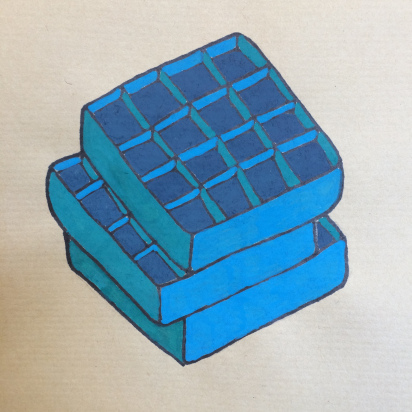teaching methods used to help young people understand the importance of safe sex often use shame and shock to get the message across - but this is ineffective and even harmful.
Showing pictures of genitalia presenting symptoms of sexually transmitted infections has long been used a way to teach young people about the risks of unprotected sex. The rationale given is that these pictures shock students into taking sexual health seriously. However, despite the widespread use of this teaching device, School of Sexuality Education argues that not only is this method ineffective in aiding students’ learning, but it can also instil attitudes that negatively impact someone’s sexual health.
The distraction the pictures create inhibits learning
For most students, these images will be the first time a teacher has shown them a photo of genitals in school. Whilst we live in a society where grown adults use euphasisms to talk about the gentials, young people cannot be expected to respond in a way other than with shock and horror - and in fact, the learning outcomes are reliant on their collective disgust. But this emotional response creates a distraction which means students will be less able to productively engage with the key learning messages about sexual health. Sexual health, as with all aspects of physical well-being should be approached with a calm, rational and positive mindset: this is feeling we should aim to create in RSE.
The key learning messages are misleading
Importantly, focussing on symptoms of STIs can skew a vital learning messages: that a large proportion of STIs are asymptomatic. By looking closly at symptoms students could be left with the inaccurate impression that they will have visible symptoms if they have an STI (not necessarily); symptoms look the same for everyone (they don’t, of course); and that they could self-diagnose through learning about these symptoms (definitely not). Effective sexual health teaching therefore focusses on prevention and good personal health practise. This involves learning about different methods of protection and correct use; when to get tested; what testing involves (stressing that STI screening is very normal, sensible and should be treated as just another part of your personal self-care); getting to know your own body; and the importance of open and accurate communication with sexual parters and medical professionals.
The shame associated with sex is detrimental
There is still an enormous amount of stigma surrounding sex and sexual health. This culture of shame directly damages the attitudes and behaviours we need to promote in order to reduce sexually transmitted infections. Namely, we must feel empowered and confident in order to discuss using protection; to access sexual health services with the recommended frequency; and to communicate any relevant information to both medical professionals and sexual partners.
The affected response of the class - again, arguably the intended response - is one of repulsion. This crowd-judgement of a picture of someone’s genitalia with an infection is extremely powerful for contributing to our internalised shame around our bodies and sexual health. It reminds us that our genital health is something that is shameful and should be kept a closely-guarded secret, otherwise we will be subject to this same disgrace. Our response, naturally, may be that we avoid or delay speaking up, to the detriment of ourselves and others.
All of this raises the question: why have these photos stuck as a teaching strategy for so long? Most likely, because they align with the long-standing trend of abstinence-based SRE, in which scare tactics are used to try and discourage people from having sex. It’s time we move onto a scientifically accurate, empowering and useful approach, which young people need and deserve.
Our book ‘Sex Ed: An Inclusive Teenage Guide to Sex and Relationships’ is out now.



